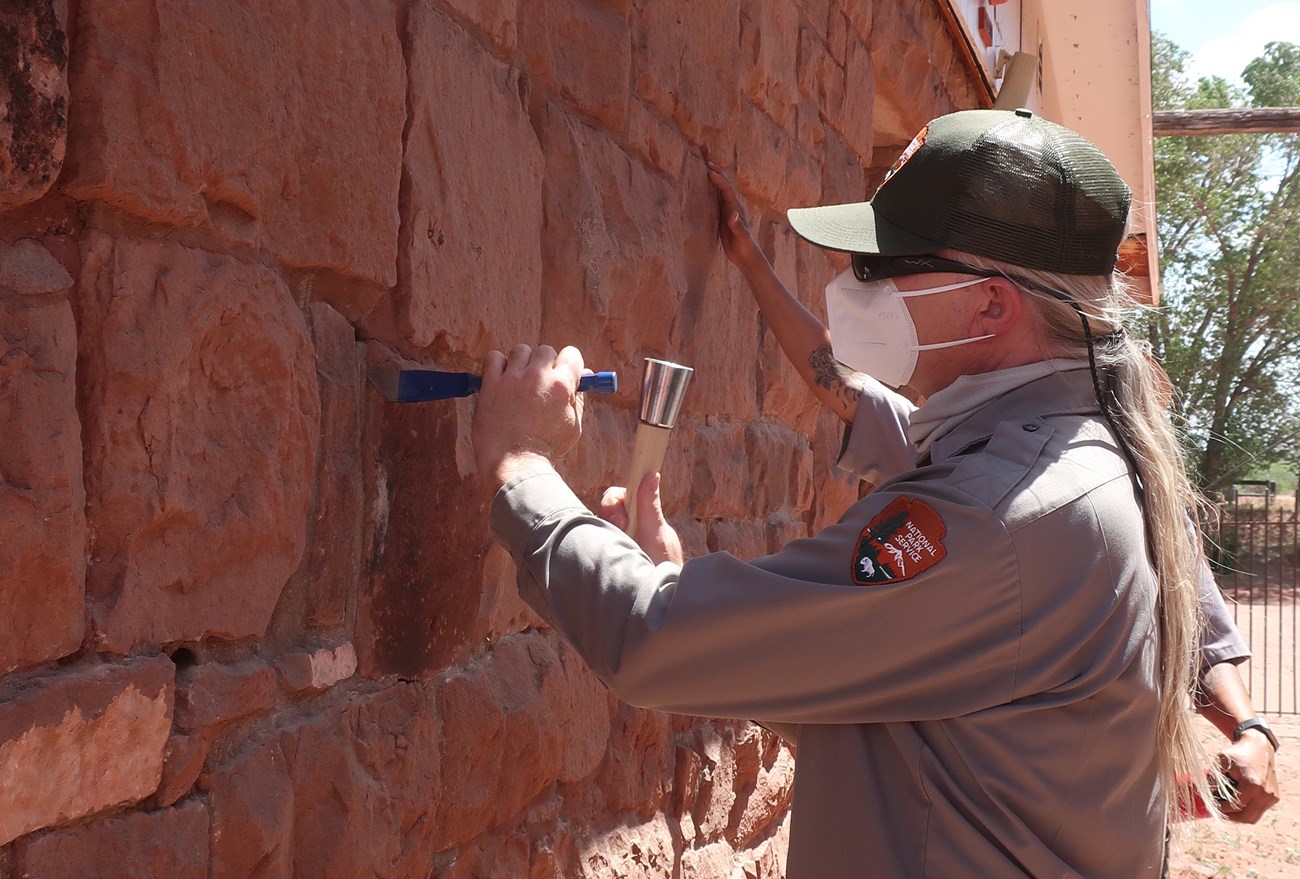Opening the Secrets of Sustainable Masonry Building Practices for Eco-Friendly Structures
In the world of modern construction, the quest of lasting techniques has actually become paramount. Among the myriad techniques to eco-friendly building, sustainable masonry construction stands apart as a tried and true and long lasting technique that holds a wide range of untapped possibility. From the choice of materials to ingenious building methods, the keys to attaining sustainability within stonework building and construction are multifaceted and intriguing. By checking out the advantages, products, strategies, and future patterns of lasting masonry, a deeper understanding of how these practices can form the future of eco-friendly buildings arises.
Advantages of Sustainable Stonework Building
Embracing lasting masonry building practices not just lowers environmental effect but additionally provides long-term financial benefits to building contractors and neighborhoods. By making use of products like recycled bricks, obstructs, and stones, building contractors can considerably lower the carbon footprint of their tasks while promoting source efficiency. Additionally, lasting masonry building strategies, such as proper insulation and thermal mass residential or commercial properties, can boost power efficiency within buildings, bring about reduced operational expenses over time.
In addition, the sturdiness and durability of masonry frameworks add to lasting economic benefits. Buildings built using sustainable stonework methods commonly need less maintenance and fixing, equating to cost financial savings for builders and building proprietors. The durability of masonry products likewise makes sure that structures stay steady and safe and secure, reducing the need for frequent remodellings or substitutes.
Eco-Friendly Masonry Materials
Using eco-friendly stonework materials is an essential step towards boosting the sustainability of building techniques and minimizing environmental influence while making best use of lasting financial benefits. Lasting masonry products are sourced, produced, and made use of in a manner that minimizes general environmental impact. Lasting concrete obstructs incorporate recycled aggregates and may feature improved insulation buildings, adding to power performance in structures.
Furthermore, all-natural products like adobe, rammed planet, and straw bundles give exceptional thermal mass buildings, lowering the demand for home heating and cooling down energy. These materials are frequently locally available, advertising local economic climates and minimizing transportation-related carbon discharges. By choosing environment-friendly masonry materials, construction tasks can dramatically minimize their environmental footprint and contribute to the production of much healthier, a lot more sustainable constructed atmospheres.
Energy-Efficient Stonework Strategies
Power efficiency plays a crucial function find in boosting the sustainability of masonry building and construction practices. One vital energy-efficient masonry method is the usage of thermal mass, which involves integrating dense materials like concrete or block into the structure's framework to take in and save heat.

Technologies in Lasting Stonework
Current innovations in lasting stonework methods have actually produced ingenious methods that are reshaping the building market. One such development is the advancement of self-healing concrete, which utilizes bacteria embedded within the concrete to heal cracks autonomously. This advancement not just minimizes maintenance expenses yet additionally boosts the durability of masonry structures, contributing to their sustainability.
Another remarkable technology is making use of recycled accumulations in stonework building and construction - masonry contractor. By including materials such as crushed ceramic waste or recycled glass right into concrete mixes, home builders can decrease the ecological effect of building and construction projects while keeping architectural stability. This practice not only diverts waste from land fills however discover here also saves natural sources, making it an essential advancement in sustainable stonework building
Furthermore, the combination of digital style devices, such as Building Details Modeling (BIM), is transforming the means masonry frameworks are intended and built. BIM permits more exact calculations, minimized product wastage, and enhanced power effectiveness, inevitably leading to even more lasting building methods. These technologies collectively symbolize a promising future for sustainable stonework building in the period of environmentally friendly structures.
Future Trends in Stonework Sustainability
With the innovative strides made in sustainable masonry techniques, the future trends in masonry sustainability are poised to additional change the construction industry. One of the crucial fads forming the future of stonework sustainability is the increased combination of innovation. Innovations such as Structure Information Modeling (BIM) and virtual reality simulations are being used to maximize masonry construction processes, causing reduced material waste and enhanced power performance in buildings.
In addition, the development of unique lasting materials is established to play a substantial role in enhancing the eco-friendliness of stonework construction. masonry contractor. Developments like self-healing concrete, recycled accumulations, and bio-based binders are getting grip for their ability to reduce environmental effect while preserving architectural integrity

Verdict
Finally, sustainable stonework building practices supply countless benefits for environmentally friendly structures. By using environment-friendly materials and energy-efficient techniques, stonework can add to a much more lasting developed setting. Technologies in lasting stonework are constantly being developed to additionally enhance the ecological performance of buildings. Looking in the direction of the future, the trend of stonework sustainability is expected to expand, resulting in more ecologically friendly and energy-efficient building techniques in the years ahead.